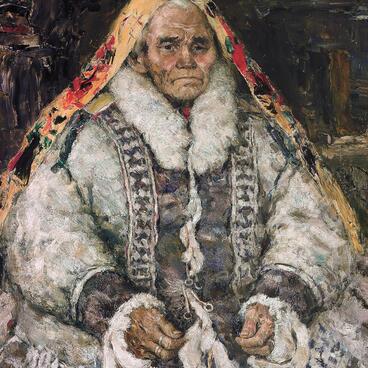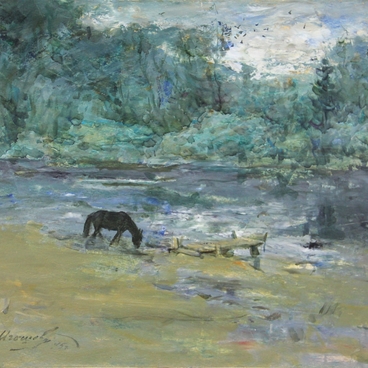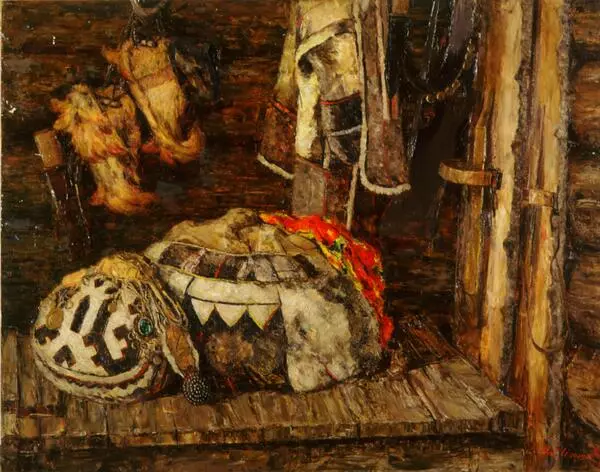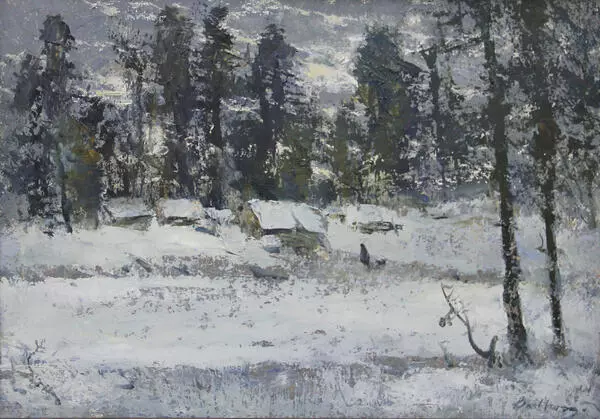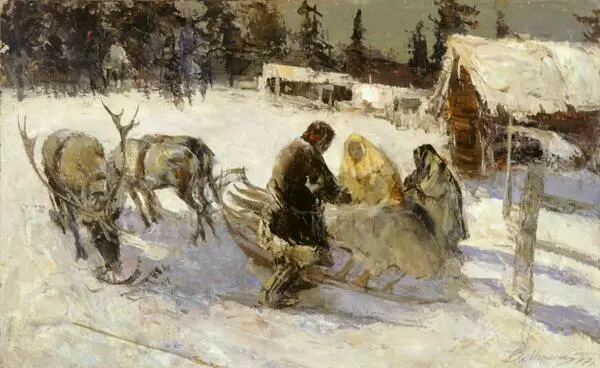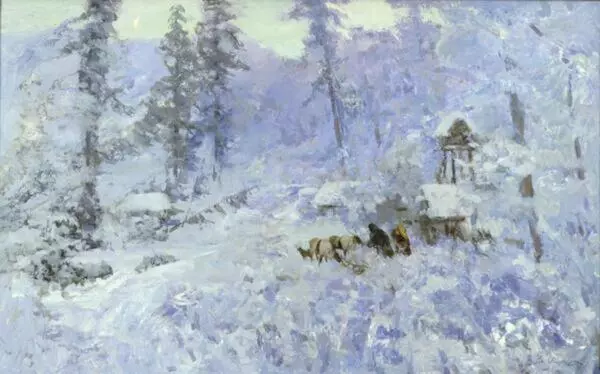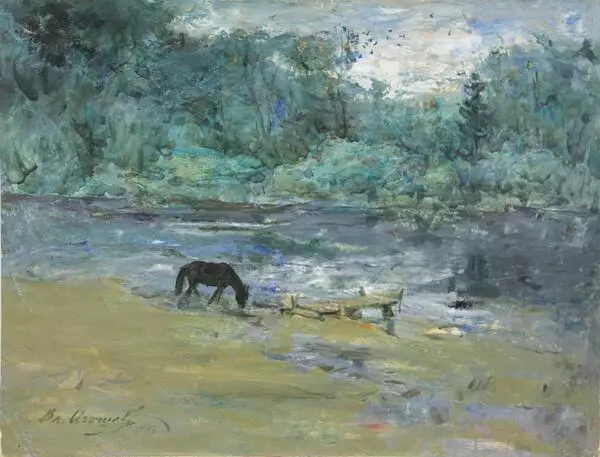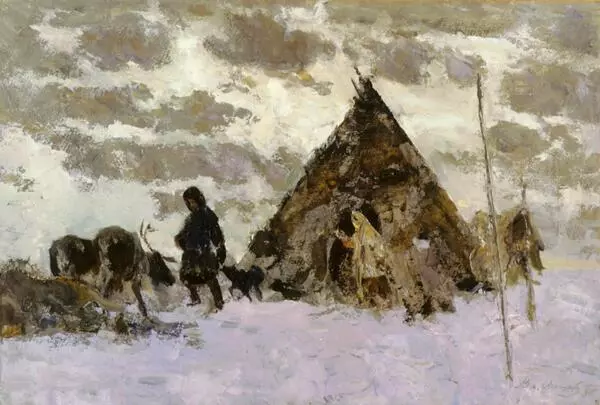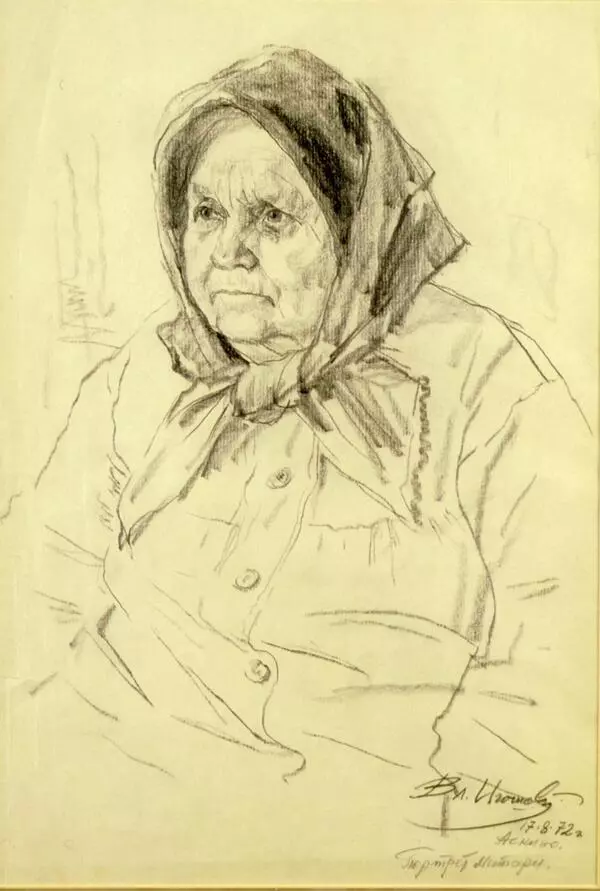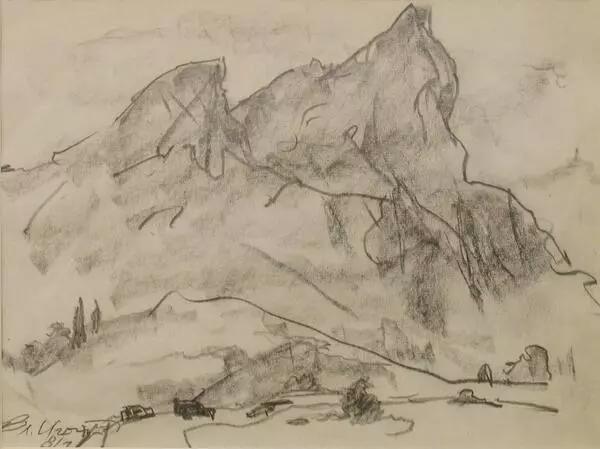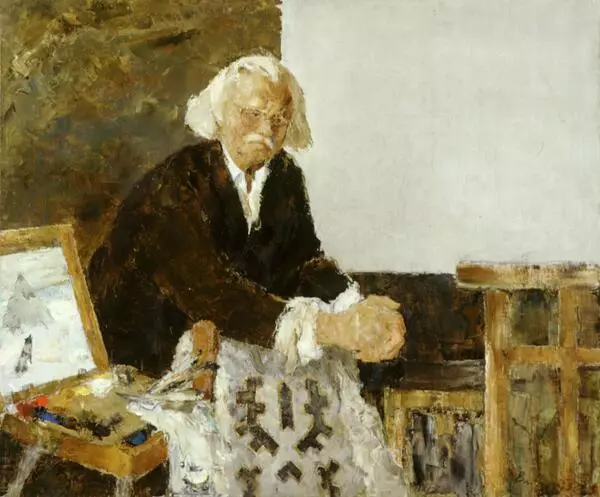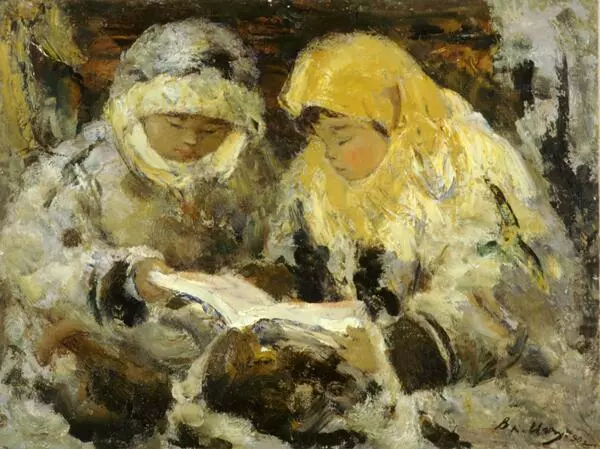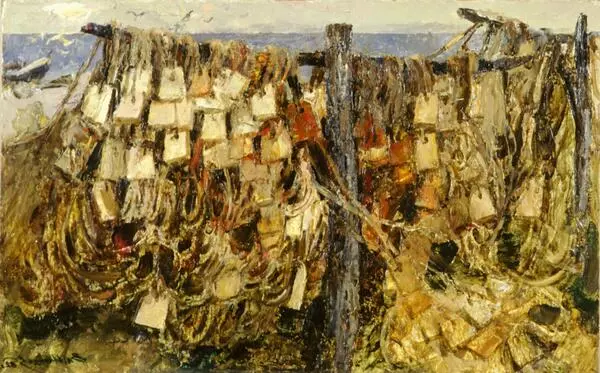Vladimir Igoshev wrote: ‘What’s been said is even more related to the world of happy childhood, which always brings me joy. It is filled with such spiritual purity and such naïve charm, so it can only fascinate me. I always passionately wanted to delve into the subtle child psychology, unspotted by conventionality of adulthood, to look at the surroundings with the wide eyes of boys and girls, to learn the sincere art of astonishment from them.’
He carefully depicted not just the children, but also the details of their clothes and everyday objects. Except for their basic function, the children’s clothes also had another, but not less important one. It protected the kids from evil spirits and evil eye.
The images of children in the works painted by Vladimir Igoshev are the objects of the artist’s admiration. The frank boy’s look combines both juvenile energy and inherent dignity of the future head of the family. The artist managed to show it very delicately through the child’s posture and a top-down glance. The artist stayed in the national villages for a long time and admired the ethnic culture. In the Mansi clothing even the ornaments were based on certain rules and centuries-old traditions.
In the old days Mansi didn’t have personal names. During communication they used such words as ‘oma’ (mother), ‘atya’ (father). In total they used around one hundred words defining the degree of relationship. Mansi also used the names given to the people depending on their place of living, location of their dwelling in the village and other identification marks. The children’s names, no matter how old were their owners, belonged to the group of patronymic words meaning they were completed with the names of their fathers.
At the moment Khanty and Mansi people use general Russian names. These peoples are very open to new names, as they believe there’s something negative about the people with the same names living close to each other. For this reason the children were given new names, while the elderly people defended their own names, only passing them in within the frames of their own families.
He carefully depicted not just the children, but also the details of their clothes and everyday objects. Except for their basic function, the children’s clothes also had another, but not less important one. It protected the kids from evil spirits and evil eye.
The images of children in the works painted by Vladimir Igoshev are the objects of the artist’s admiration. The frank boy’s look combines both juvenile energy and inherent dignity of the future head of the family. The artist managed to show it very delicately through the child’s posture and a top-down glance. The artist stayed in the national villages for a long time and admired the ethnic culture. In the Mansi clothing even the ornaments were based on certain rules and centuries-old traditions.
In the old days Mansi didn’t have personal names. During communication they used such words as ‘oma’ (mother), ‘atya’ (father). In total they used around one hundred words defining the degree of relationship. Mansi also used the names given to the people depending on their place of living, location of their dwelling in the village and other identification marks. The children’s names, no matter how old were their owners, belonged to the group of patronymic words meaning they were completed with the names of their fathers.
At the moment Khanty and Mansi people use general Russian names. These peoples are very open to new names, as they believe there’s something negative about the people with the same names living close to each other. For this reason the children were given new names, while the elderly people defended their own names, only passing them in within the frames of their own families.


